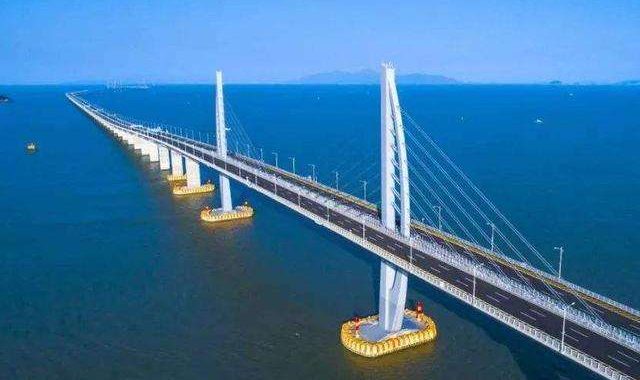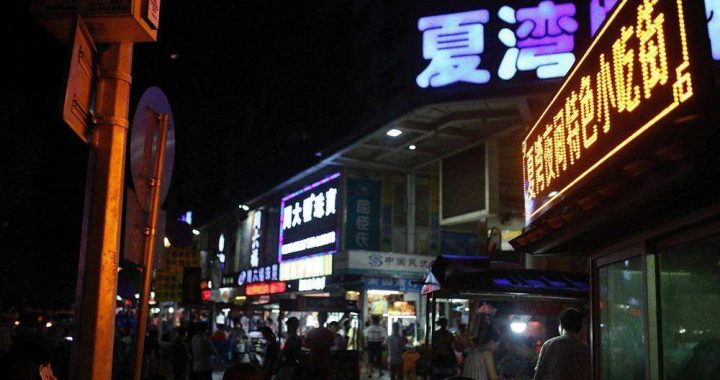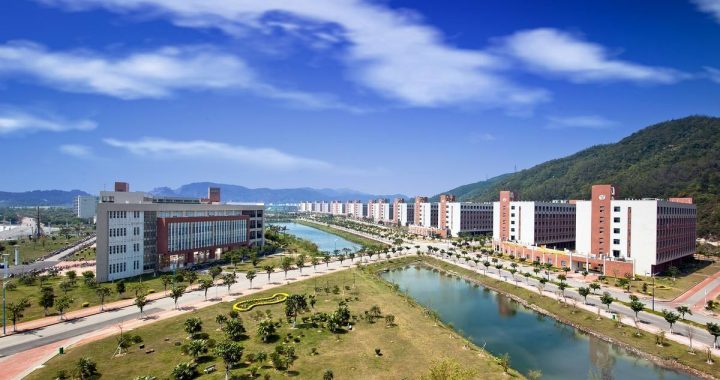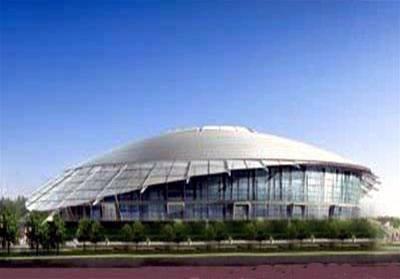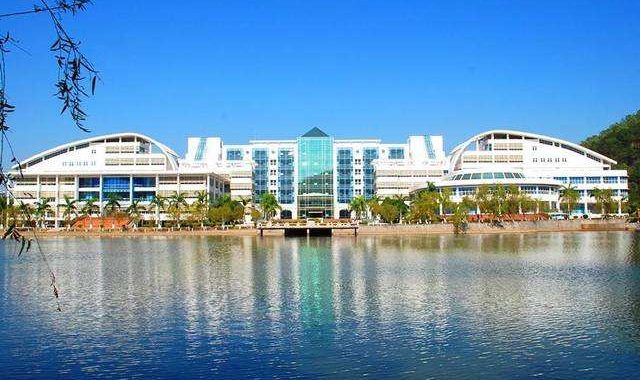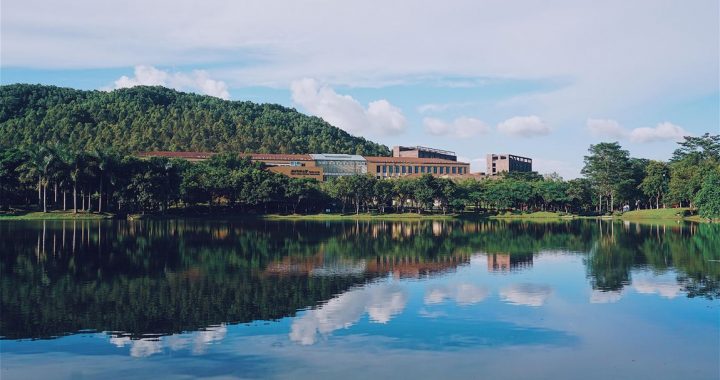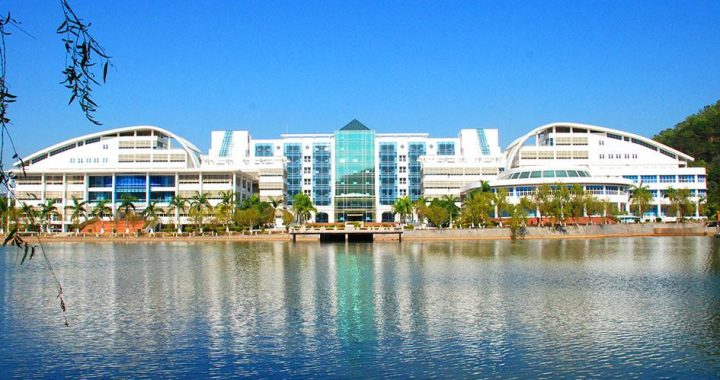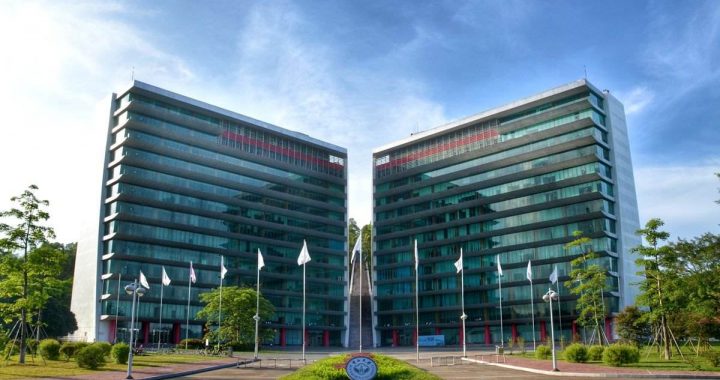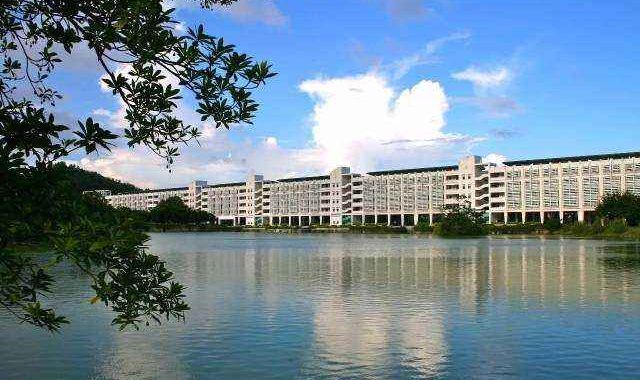Hengq in New Area
4 min readIn vigorated by the power of the ocean, Zhuhai is utilizing its unique location to usher in new wave of innovation. Pioneers in shipbuilding, transportation and manufacturing, the people of Zhuhai are using their historical know-how to sail into unknown territory.
The city’s passion for innovation is best illustrated by the swirling speed of the development of the Hengqin New Area, officially established in 2009. The hospitable array of artists, intellectuals, and business-owne, who call this promising land home,are happy to open their doors to welcome locals and strangers alike to experience their outstanding work.

Hengqin will reap the benefits of this innovative push by the Hong Kong-Macao-Zhuhai region as a whole, but will also aim to lead in a range of fields.
Hengqin’s economical potential is unparalleled view shared not only by all people in Zhuhai but by current Chinese President Xi Jinping, who visited Hengqin four times (most recently, on October 22, 2018, for the grand opening of the Hong Kong-Zhuhai-Macao Bridge) and spread the word about the central government’s “Hengqin plan” during his visit in Macao in 2009. Such a plan is part of an even larger dream dubbed the Chinese Dream, which, it is hoped will turn into reality as the 21st century progresses. China wishes to open itself up to the world via its coastal regions, and nowhere is this more evident than in a place like Hengqin.

Today, travelers enjoy 24/7 services from the Exit and Entry Inspection facilities at the Hengqin Port. The service hours extension starting December 18, 2014 in celebration of the 15th anniversary of the returning of Macao, has turned this crossing into a sleepless thoroughfare and changed the life of numerous commuters and visitor who now can easily cross over for a late-night snack in Hengqin when the moog strikes them.
The 330-m tall Zhuhai Tower in Shizimen Central Business District is currently the tallest building in Zhuhai.djacent to Taipa and Coloane of Macao with the Shizimen Waterway in between, and connected to Macao’s Cotai via the Lotus Bridge, Hengqin was formerly made up, Xiaohengqin(meaning “Lesser Hengqin”) and Dahengqin, (meaning”Greater Hengqin”), running east-west. The Chinese name”横琴”is graphic description of the landform that, viewed from a map, resembles two “qin”-ancient Chinese musical, stringed instruments, sometimes referred to as lutes or dulcimers.

The two islands were later connected as a result of land reclamation and the completion of two causeways, and the largest island in Zhuhai was born, being roughly three times the size of Macao However, in the year that Zhuhai officially became a “city”, the island hosted fishing population of only 2,000 or so people who managed livelihood by toiling at the oyster farms spread all over the southern sections of the island. The island remained a sparsely-populated, forgotten place throughout the city’s”SEZ”boom from 1979 to 2009.
Just like the chemistry between Boya and Ziqi (the most famous”qin” player in ancient China and the truest and most empathic of listeners; the classic Chinese exemplification of friendship), 2,000 years after the famous meeting of these sympathetic hearts, expressed in the melody of High Mountains and Flowing Waters, the day finally came for kindred spirits to reunite.
In 2009, a treasure trove was rediscovered, which is now being carefully developed to its greatest potential. Since then, the serene seascape has been ever changing-the view no longer only quiet broad bays, sandy beaches, strangely shaped jagged rocks, bobbing junks and fishing boats.

The local government’s plan for this awe-inspirin island is to transform it into a piloting site for revolutionary new”- KongMacao collaboration mode” and to build a new platform to boost reform, high-tech innovation and overall industrial upgrading on the west bank of the Pearl River Delta.
In 2015, Hengqin was declared a pilot, free-trade zone, open to the world and standing at a new starting line in its exploration of economic diversity. The over-arching aim is to rediscover the island’s hidden gems, to invest and build up its infrastructure, and to turn the region into a powerhouse of eco-friendly business, tourism and culture.
Hengqin now hosts a string of highly innovative platforms highlighted by the Guangdong-Macao Traditional Chinese Medicine Technology Industrial Park, which was surveyed by Chinese President Xi Jinping during his fourth visit to Hengqin,Hengqin International Intellectual Property Rights Exchange Center, and Inno valley HQ, an exciting entrepreneurial base that has drawn steady flow of new ideas from aspiring start-ups. The resulting atmosphere of all this heady investment and growth is like a symphony being played by the island itself, constantly building in richness and intensity.
The ambitious developments have swept everyone into a whirlpool of excitement.
Progress, growth and harmony don’t need to be mutually exclusive. There is consensus that such speedy growth and development will not come at the expense of the area’s natural beauty and fragile ecological system-two things that help to make Hengqin a place of charming natural beauty, interplaying with a brisk, low-carbon, innovation-driven industrial scene.
Hengqin’s big heart appears to be eclipsed only by its even bigger future. One thing is for sure: This big heart can lead everyone towards a future that’s as close as Macao, a city that casts its rays over the crescent water of the South China Sea and the Lotus Bridge before anywhere else in China. Hengqin is making waves, and the effects can be felt across the region. The sky, it seems is the only limit for this blessed land-and it’s a cobalt blue one at that.
